<< Previous | Displaying results 41-50 of 216 for "treblinka" | Next >>
Hannah was one of six children born to Yiddish-speaking, religious Jewish parents in the town of Zvolen in central Poland. She married Jozef Rosenblat, a Jewish shoemaker also from Zvolen. After living in Warsaw for several years, Hannah and Jozef settled in the industrial city of Radom near their hometown. There, they raised their three sons. 1933-39: When Germany threatened to attack Poland in August 1939, Hannah's youngest son, Herschel, was called up by the Polish army. On September 1, 1939, Germany…
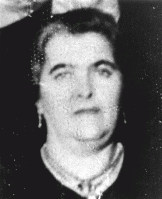
Studio portrait of Chava Leichter, murdered in the Treblinka killing center in 1942 at the age of 25. Her brother Chaim emigrated to Palestine in 1937 on the boat Polania. He served in the British army in Libya during the war. This photograph was taken in 1939.
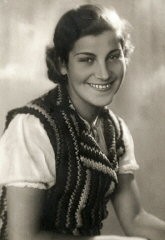
The Nazis established killing centers in German-occupied Europe during WWII. They built these killing centers for the mass murder of human beings.
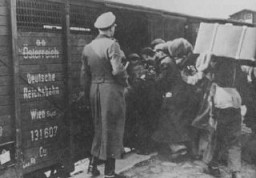
In March 1943, Bulgarian authorities transported the entire Jewish community of Monastir to a transit camp from which they were deported to Treblinka.
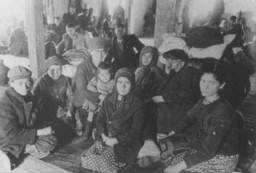
Under the most adverse conditions, prisoners initiated revolts in killing centers. Learn more about prisoner uprisings in Treblinka, Sobibor, and Auschwitz.
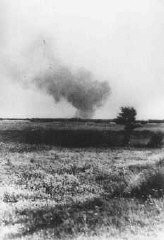
Channa and her husband and five children lived 35 miles east of Warsaw in the small predominantly Jewish town of Kaluszyn. Channa's husband, Jankel, was employed as a clerk in the town hall. After Channa's children reached school age, she helped her mother run a newspaper kiosk in town. 1933-39: Germany has invaded Poland, and Channa's hopes that Kaluszyn wouldn't be in the line of fire have been shattered. First, a German plane flew over their town and dropped a bomb on people waiting in line outside a…
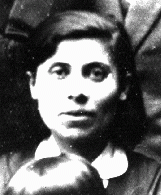
Itka was raised in a Yiddish-speaking, religious Jewish family in Sokolow Podlaski, a manufacturing town in central Poland with a large Jewish population of about 5,000. Itka came from a poor family. After completing her public schooling in Sokolow Podlaski at the age of 14, she began to work. 1933-39: Itka was a young woman, unmarried and living with her parents when war between Germany and Poland broke out on September 1, 1939. German aircraft bombed Sokolow Podlaski's market and other civilian targets…
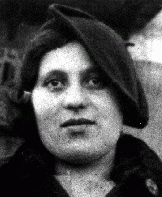
Chaim was raised in a Yiddish-speaking, religious Jewish family in Sokolow Podlaski, a manufacturing town in central Poland with a large Jewish community of about 5,000. The economic activities of most of the townspeople were closely tied to those of nearby Warsaw and surrounding farming communities. As a young man, Chaim liked to play chess and was active in a local Zionist organization. 1933-39: Chaim made a living in the grain business. After settling down, he married a widow who was older than he and…
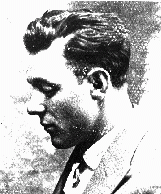
Else, born Else Herz, was one of three children born to a Jewish family in the large port city of Hamburg. Her father owned a grain import-export business. As a child, Else attended a private girls' school. In 1913 she married Fritz Rosenberg and the couple moved to Goettingen where they raised three children. 1933-39: With the onset of the Depression in the 1930s, Else's husband's linen factory went into decline. When the Nazis came to power in 1933, they confiscated the Rosenberg's factory. Deprived of…
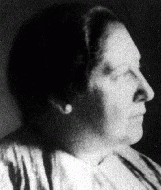
Chil was born to a Jewish family in the industrial city of Łódź. His mother died before World War II, leaving his father to raise the family. Chil worked to help his father support his siblings. 1933-39: On September 1, 1939, Nazi Germany invaded Poland. Chil fled Łódź with his younger sister Rivka to Pruszków, a small town 10 miles southwest of Warsaw. 1940-45: In October 1940, German authorities established an open ghetto in Pruszków. In January 1941, the Germans transported most of the Jews…

We would like to thank Crown Family Philanthropies, Abe and Ida Cooper Foundation, the Claims Conference, EVZ, and BMF for supporting the ongoing work to create content and resources for the Holocaust Encyclopedia. View the list of donor acknowledgement.